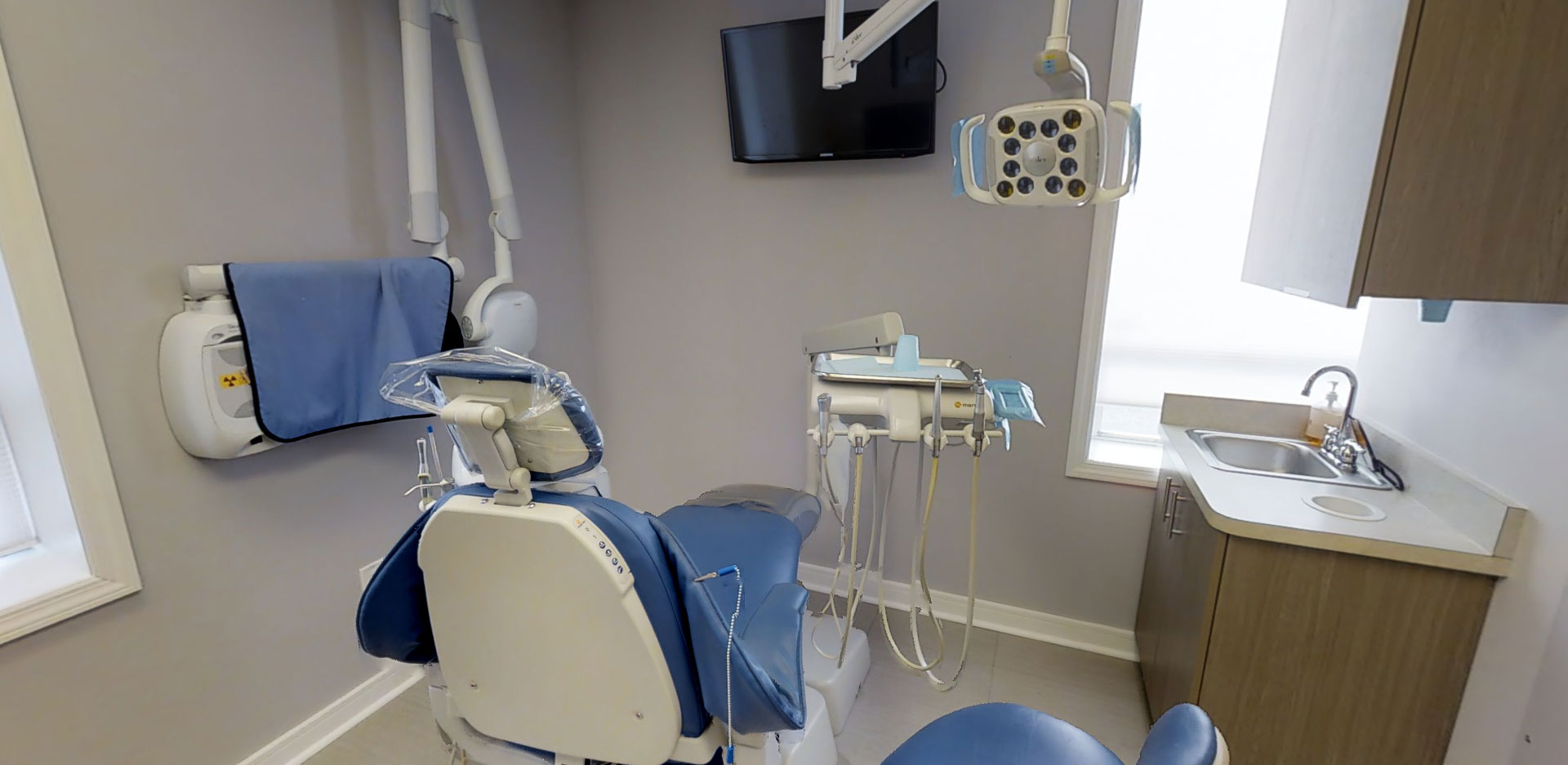
If you're preparing for a restorative or cosmetic dental procedure or if you have a "gummy" smile, with excess tissue covering your teeth, your dentist may recommend a crown lengthening procedure. Crown lengthening reshapes and recontours your gum tissue and bone with the aim of exposing more of the natural tooth and improving gum tissue health.
Crown lengthening can be performed on just one tooth, on several teeth in a section of the mouth or even on the entire gum line. The result is an attractive, even smile.
Why Consider Crown Lengthening?
Because crown lengthening addresses so many issues at once, it's very effective and versatile as a procedure to create a pleasant, healthy smile. Most patients who have crown lengthening performed are extremely pleased with their results.
The most common reasons for crown lengthening include:
- Application of dental crowns. Crown lengthening provides greater space between the jawbone and a dental crown. As a result, the new crown is less likely to damage existing gum tissues or bone.
- Restoration of damaged teeth. Teeth can become damaged for many reasons, including decay, breaking beneath the gum line, periodontal disease and trauma. Crown lengthening is sometimes part of the procedures used to prepare the damaged areas for restoration.
- Cosmetic crown lengthening. As excess gum tissue grows over the teeth, the smile can be affected, with teeth looking unnaturally short. When this occurs, you're also more susceptible to infection. Removing the excess tissue through crown lengthening reduces this susceptibility while restoring an aesthetically pleasing smile and creating a healthier appearance.
How Does Crown Lengthening Work?
To prepare for crown lengthening, your dentist removes any existing dental crowns; they'll be replaced after the procedure's over. The time needed for the procedure depends on how much soft tissue needs to be removed, whether any bone needs to be removed and how many teeth are involved. The procedure is performed under a local anesthetic for your comfort.
To begin, your dentist separates the gums from the teeth by making a few small incisions in the soft tissue. This provides access to each tooth's roots and the jawbone underneath. Even if you're only recontouring one tooth, your dentist may treat the teeth on either side to make sure the reshaping looks even.
In many cases, removing a small amount of gum tissue is all that's needed to expose enough tooth for placing a new crown. Sometimes the dentist must also remove bone, typically a very small amount, using rotary instruments similar to the dentist's drill you're familiar with from having cavities filled, as well as specially designed hand instruments.
Once the dentist has exposed a sufficient amount of tooth, the crown lengthening procedure is over. At this point, the dentist cleans the site with sterile water and then sutures the gum tissue closed. He may use an intraoral or a periodontal bandage to reduce the risk of infection, and he may give you an antimicrobial, chlorhexidine mouth rinse to stop the spread of any bacteria.
You'll notice an immediate difference after the procedure to reposition the gums is completed, with your teeth looking longer right away. Full healing of the surgical site takes about two or three months.
Please call us for a free consultation so we can answer your questions about crown lengthening.



 (973) 567-7773
(973) 567-7773
